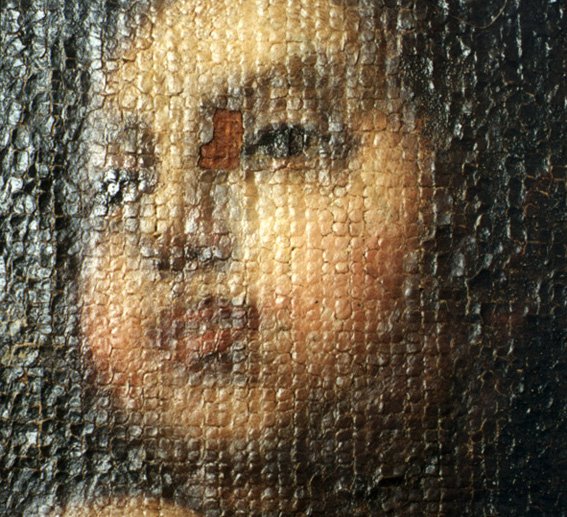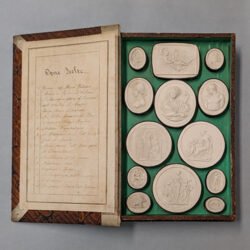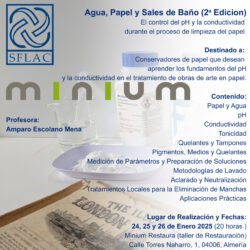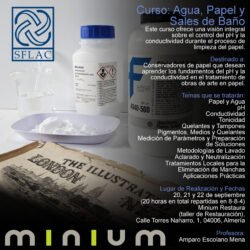In a painting, cracks are the most obvious sign of aging. They are noticeable in all old paintings and, to some extent, they cause a change in their appearance.
The fine pattern formed on the surface of the paint layer is called crackle or craquelure. This pattern is usually very homogeneous giving the paintings its characteristic texture. They are associated with their formation mechanism, and can be divided between drying and ageing cracks.
Paintings are created in an stratigraphic structure, with the different layers, support, primer, ground or preparatory layer, paint layer, glazes, and varnish layer, applied one on top of the previous one. All these different layers interact with each other and is precisely this connection between layers which causes the development of the craquelure.
Drying craquelure is directly related with the failure of the artist following the “fat over lean” rule. When in consecutive sessions, the artist applies a layer of paint leaner than the previous one, there is not enough grip between layers and the second layer tends to slide over the first one during the drying process, causing this type of crack; consequently, the under layer becomes exposed.
They are characterized by the profile of the edge: no sharp edges but smooth ductile curves. The width will vary proportionally with the thickness of the paint layer.

Drying cracks example: the artist did not follow the “fat over lean” rule. There is not grip between layers and the second layer slides over the first one during the drying process.
On the other hand, ageing cracks are developed over a much more extended period of time. They are usually formed as a result of the interaction between all the materials of the painting, from the support to the varnish layer, as well as the relation of all these components with the environmental conditions. Some of those patterns are associated to the features of the support, like the ‘pavement’ or ‘grid’ cracks that follow the threads of coarse-woven plain-weave canvases.

The “corner circle cracks” follow a circular pattern around the corners of the painting. They appear frequently in paintings on canvas

On the “corner bisector cracks”, as the name suggests, the cracks bisects the corner of the painting.

Tacking garland cracks are created due to an excessive tension of the fabric during the stretching of the canvas.
Some other cracks are associated with accidents that happened to the painting during its lifetime. Some examples of this type of external damage are spiral cracks, usually developed as a result of an impact, or feather cracks (also called herring bone cracks) generated as a consequence of an accidental scraping of the painting in the back, for example during the keying of the stretcher.

Feather cracks (also called herring bone cracks) are generated as a consequence of an accidental scraping of the painting in the back.
Cracks per se are not a problem. They belong to the aged painting and they are part of it. The problem arises when they become associated with a failure of the binding agent producing layer separation.









